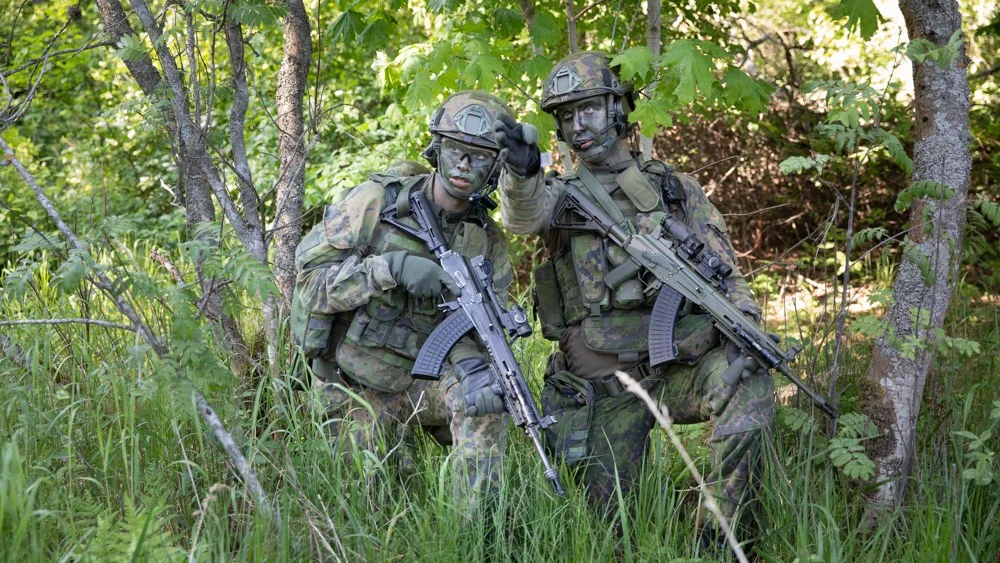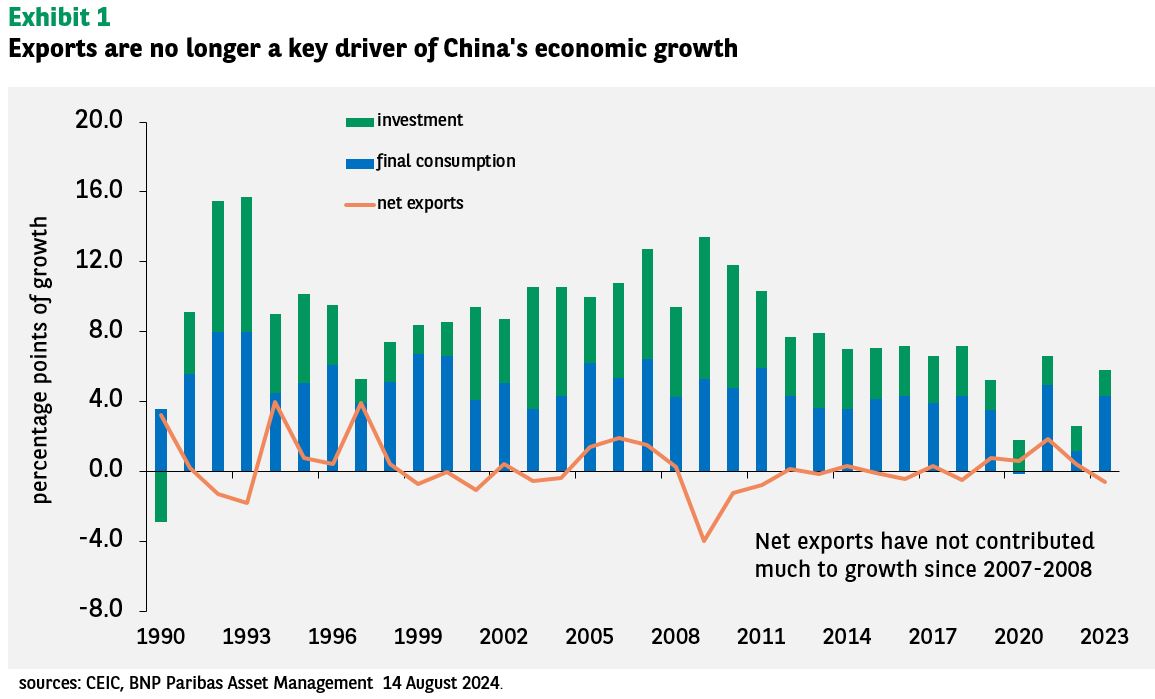Analyzing The Potential Of A Joint Swedish-Finnish Military Force

Table of Contents
Enhanced Defense Capabilities through Combined Resources
Sweden and Finland possess distinct military strengths. Finland boasts extensive experience in asymmetric warfare and a strong ground defense, honed through its unique geopolitical position. Sweden, meanwhile, offers considerable naval capabilities and advanced air defense systems. A Joint Swedish-Finnish Military Force would leverage these complementary capabilities, creating a significantly stronger, more resilient defense.
Pooling resources would dramatically increase operational efficiency and cost-effectiveness. This synergy would manifest in several key areas:
- Improved interoperability: Standardizing equipment, training protocols, and communication systems would enhance seamless collaboration between the two forces. This interoperability is crucial for effective joint operations.
- Increased budgetary power: A combined military budget would unlock access to cutting-edge technologies and advanced weaponry previously unattainable for either nation individually. This would significantly enhance the overall defensive capacity.
- Enhanced logistical support: Sharing infrastructure, supply chains, and maintenance facilities would streamline logistical operations, reducing redundancy and boosting efficiency.
- Greater operational capacity: The combined force would possess a far greater capacity for large-scale operations and the ability to respond effectively to multiple threats simultaneously. This increased capacity is particularly relevant in the face of potential large-scale aggression.
Strategic Implications of a Joint Force in the Baltic Region
The formation of a Joint Swedish-Finnish Military Force would have profound strategic implications for the Baltic region. It would act as a powerful deterrent to potential aggressors, significantly bolstering regional security. This enhanced defense posture would:
- Strengthen regional deterrence: A unified force presents a much more formidable challenge to any potential adversary, significantly reducing the likelihood of aggression. This deterrent effect is crucial for maintaining stability in the region.
- Increase Baltic Sea stability: The combined military strength would contribute to a more secure and stable environment in the strategically important Baltic Sea region. This stability would benefit all nations in the region.
- Enhance NATO and EU cooperation: Such a force could significantly strengthen cooperation with both NATO and the EU, potentially leading to closer integration and collaborative efforts on security matters. This enhanced cooperation is crucial for regional stability.
- Impact on NATO membership: The existence of a powerful joint force could influence the ongoing debate surrounding potential NATO membership for both Sweden and Finland, potentially accelerating the process.
Challenges and Obstacles to Integration
Despite the numerous potential advantages, creating a Joint Swedish-Finnish Military Force faces considerable challenges. Key obstacles include:
- Harmonizing military doctrines: Reconciling differing military doctrines, operational procedures, and command structures will require significant effort and compromise. This process demands careful planning and negotiation.
- National identity and sovereignty: Concerns about national sovereignty and the potential loss of independent military identity could lead to political resistance within both countries. Addressing these concerns will be crucial for success.
- Equitable resource allocation: Negotiating fair and equitable distribution of resources, including funding, equipment, and personnel, will be a complex and potentially contentious process. Transparency and mutual understanding are vital.
- Managing political opposition: Overcoming potential political opposition and public skepticism within both Sweden and Finland will require effective communication and a clear demonstration of the benefits of integration.
Economic Considerations of a Combined Military Force
The economic aspects of a Joint Swedish-Finnish Military Force are multifaceted. While initial integration costs may be significant, long-term cost savings are highly probable:
- Economies of scale: Joint procurement of equipment and supplies will reduce per-unit costs, generating significant savings over time. This efficiency is crucial for long-term sustainability.
- Shared infrastructure: Sharing military bases, training facilities, and logistical infrastructure will reduce redundant spending and improve overall resource utilization. This shared infrastructure will significantly decrease costs.
- Improved negotiation power: A unified force will have significantly greater bargaining power when negotiating with defense contractors, leading to more favorable pricing and contracts.
- Defense industry collaboration: The integration process could stimulate collaboration within the defense industries of both countries, leading to innovation and increased economic activity.
Conclusion: The Future of Swedish-Finnish Military Cooperation
A Joint Swedish-Finnish Military Force offers considerable potential to enhance regional security, improve operational efficiency, and generate long-term cost savings. However, overcoming challenges related to harmonizing doctrines, addressing concerns about national identity, and managing political opposition will be crucial for success. While the path to integration may be complex, the potential benefits of a unified defense force make it a strategic imperative worth pursuing. Further analysis is needed to fully explore the potential benefits and challenges of a Joint Swedish-Finnish Military Force. Let's continue the conversation on this crucial topic for regional security and stability.

Featured Posts
-
 The Automotive Market In China Case Studies Of Bmw And Porsches Challenges
Apr 22, 2025
The Automotive Market In China Case Studies Of Bmw And Porsches Challenges
Apr 22, 2025 -
 Corporate Espionage Office365 Data Breach Leads To Multi Million Dollar Theft
Apr 22, 2025
Corporate Espionage Office365 Data Breach Leads To Multi Million Dollar Theft
Apr 22, 2025 -
 The Impact Of Increased Tariffs On Chinas Export Economy
Apr 22, 2025
The Impact Of Increased Tariffs On Chinas Export Economy
Apr 22, 2025 -
 Trump Administration To Slash Another 1 Billion In Harvard Funding
Apr 22, 2025
Trump Administration To Slash Another 1 Billion In Harvard Funding
Apr 22, 2025 -
 The Fracturing Relationship Understanding The Risks Of A U S China Cold War
Apr 22, 2025
The Fracturing Relationship Understanding The Risks Of A U S China Cold War
Apr 22, 2025
